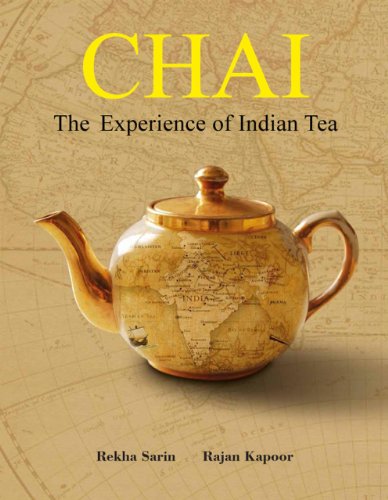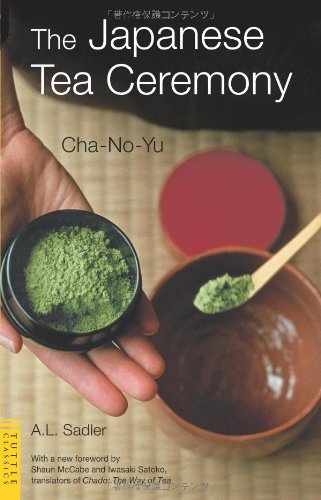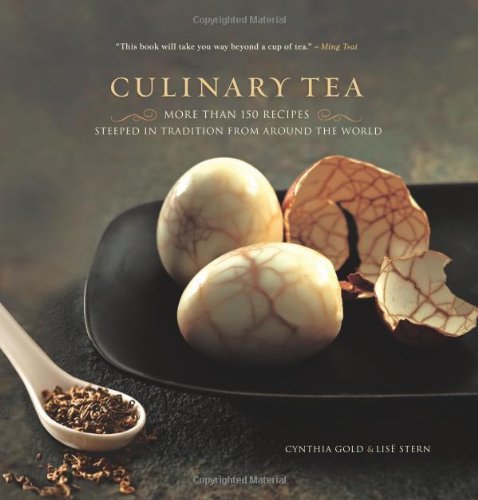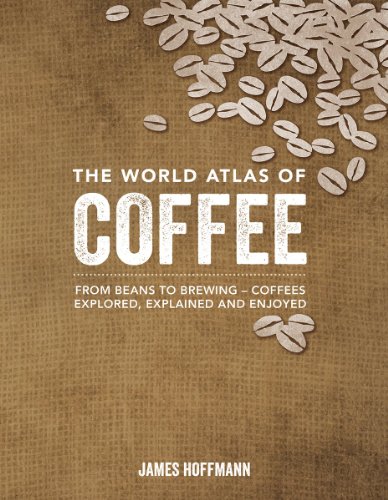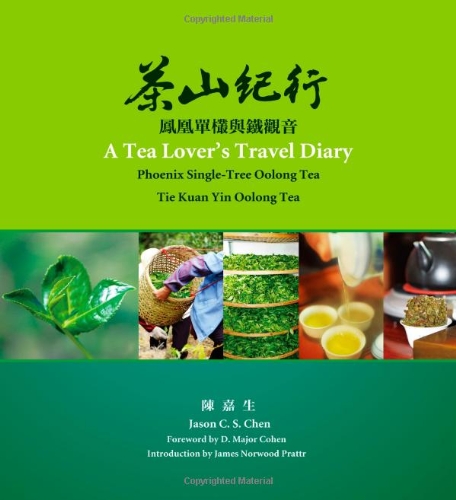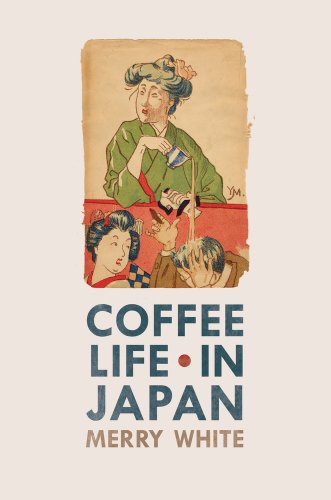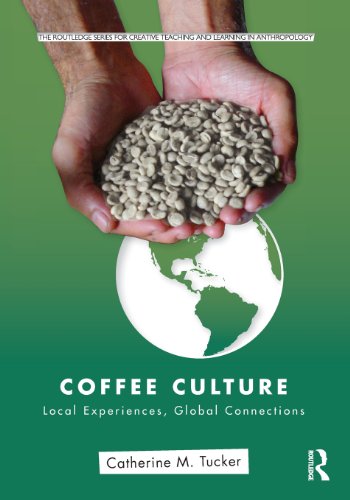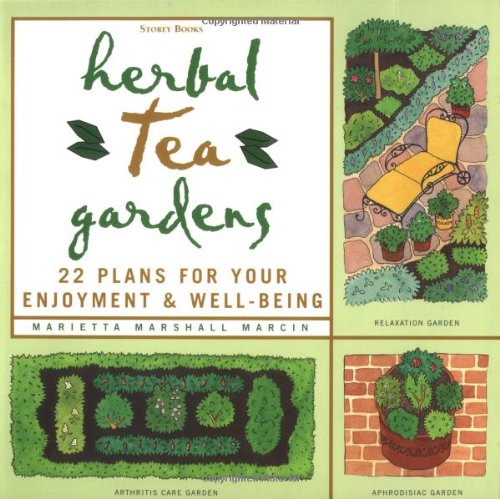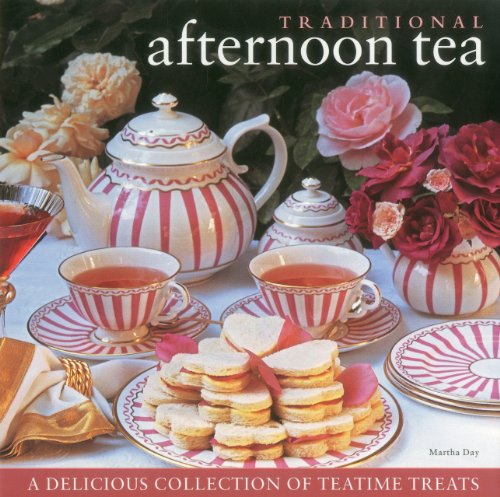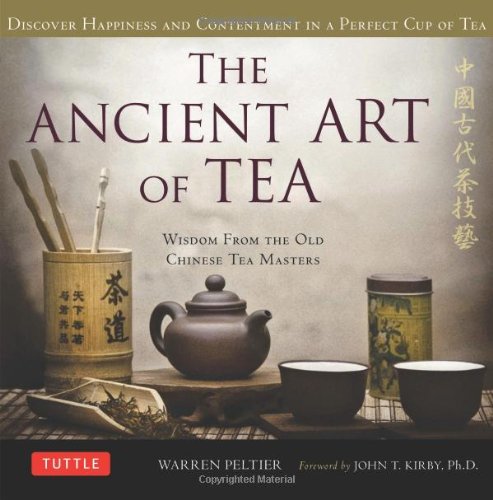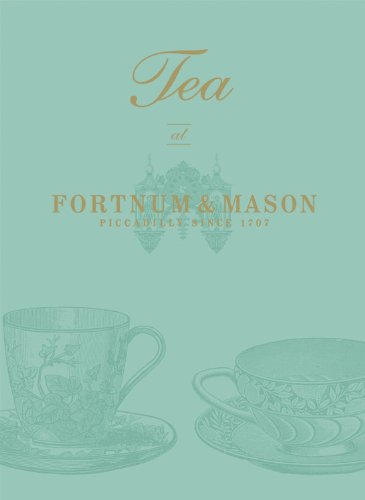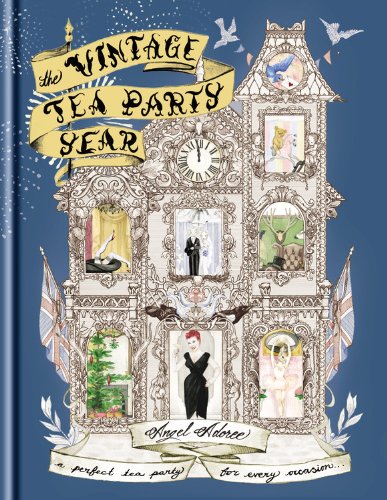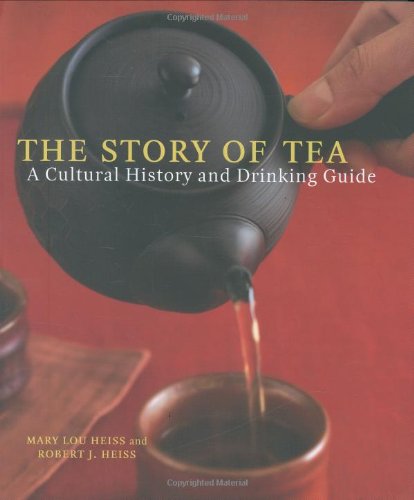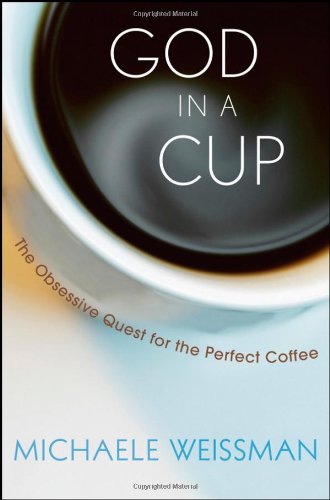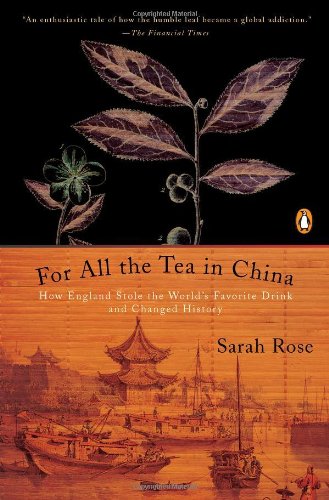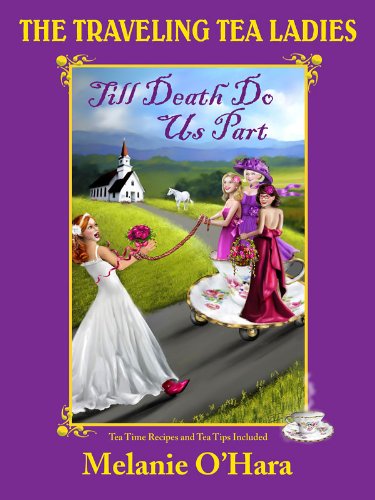
The Traveling Tea Ladies Till Death Do Us Part
Cozy mystery fans sit back and enjoy the fourth installment in The Traveling Tea Ladies Series. Strong women, strong southern friendships and strong tea are steeped in this mystery best described as “Charlie’s Angels Meet Steel Magnolias.” This time the ladies are busy planning Olivia’s ranch-themed wedding to Detective Matt Lincoln. What starts out as a simple affair turns into a lavish over-the-top circus once event planner, Dixie Beauregard, gets involved. With Olivia’s colorful family coming to town, the stress of the wedding, and the usual prenuptial jitters, it’s more than Olivia can take. She’s ready to call the whole thing off and elope, but not before her wedding plans are dashed by the untimely murder of Dixie with all clues pointing towards her mother, Ruby Rivers. It’s up to The Traveling Tea Ladies to solve the crime and clear her name.

